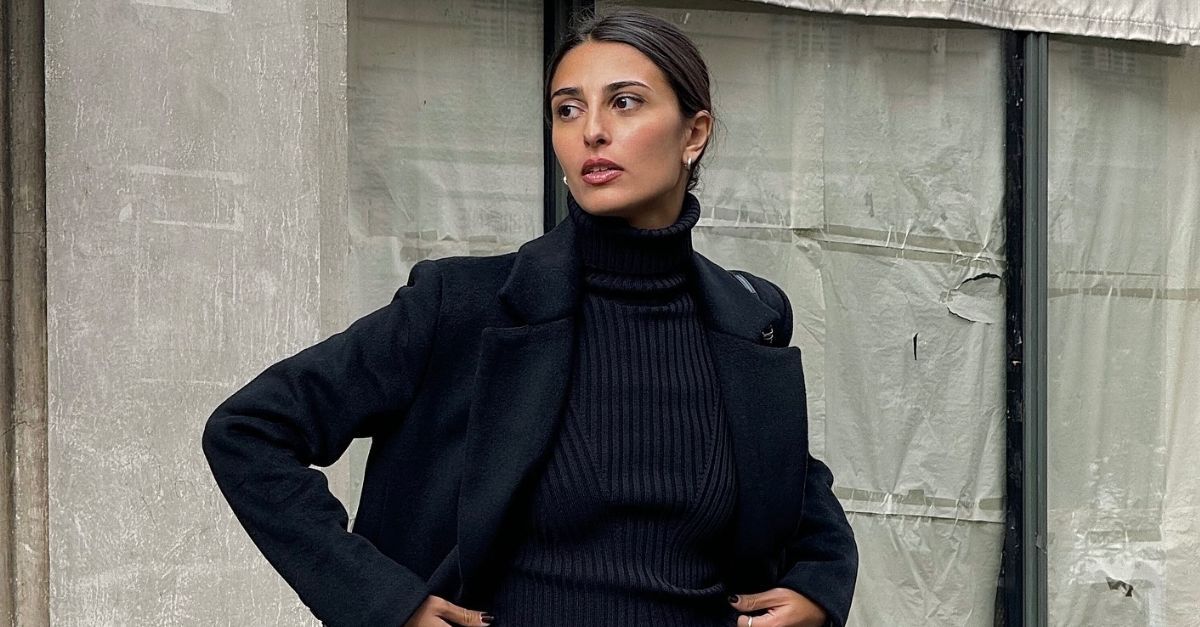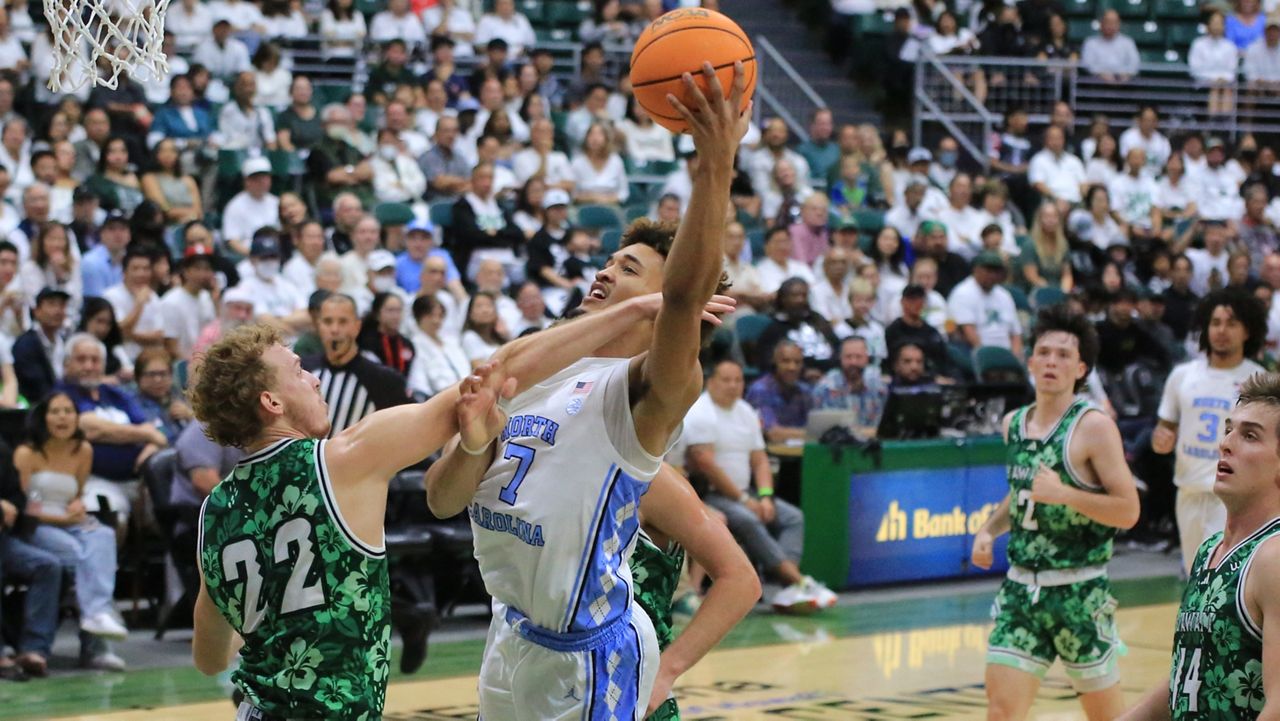Tech
Spotify now lets you create custom cover art for your playlists | TechCrunch

Spotify is rolling out the ability for users to design and customize their own playlist cover art, the company announced on Tuesday. While users have already been able to upload a custom image for a playlist, this new feature lets you design you own cover art right in the app.
The feature is rolling out in 65 markets in beta on the Spotify mobile app on iOS and Android. It’s available to both free and premium users.
To access the feature, select one of your playlists you want to create custom art for. Then, tap the three-dot menu on the playlist page and click the “Create cover art” option.
From there, you can upload a photo from your camera roll or start with a blank canvas, and then play around with several different elements, such as text styles, colors, and effects. You can also change background colors and add gradients. Plus, you can add stickers.
Spotify notes that you can only save one custom cover art per playlist at a time, which means that when you create a new one, it will automatically replace the previous one for that specific playlist. If you want to make more than one cover art for a playlist, you need to save it before making another one.
While the ability to create custom cover art isn’t a significant addition to the streaming service, it’s a fun one. It also showcases Spotify’s continuous efforts to give users more ways to personalize their experience on the app. For instance, the company is currently beta testing a feature that lets users create personalized playlists based on written prompts.
The launch of the new feature comes as Spotify has been rolling out new additions to its app as it continues to compete with services like Apple Music and YouTube Music.
Last week, Spotify announced it’s testing music videos for premium users in 85 additional markets. The feature will allow Spotify to better compete with YouTube, given the Google-owned platform’s native support for music videos.










